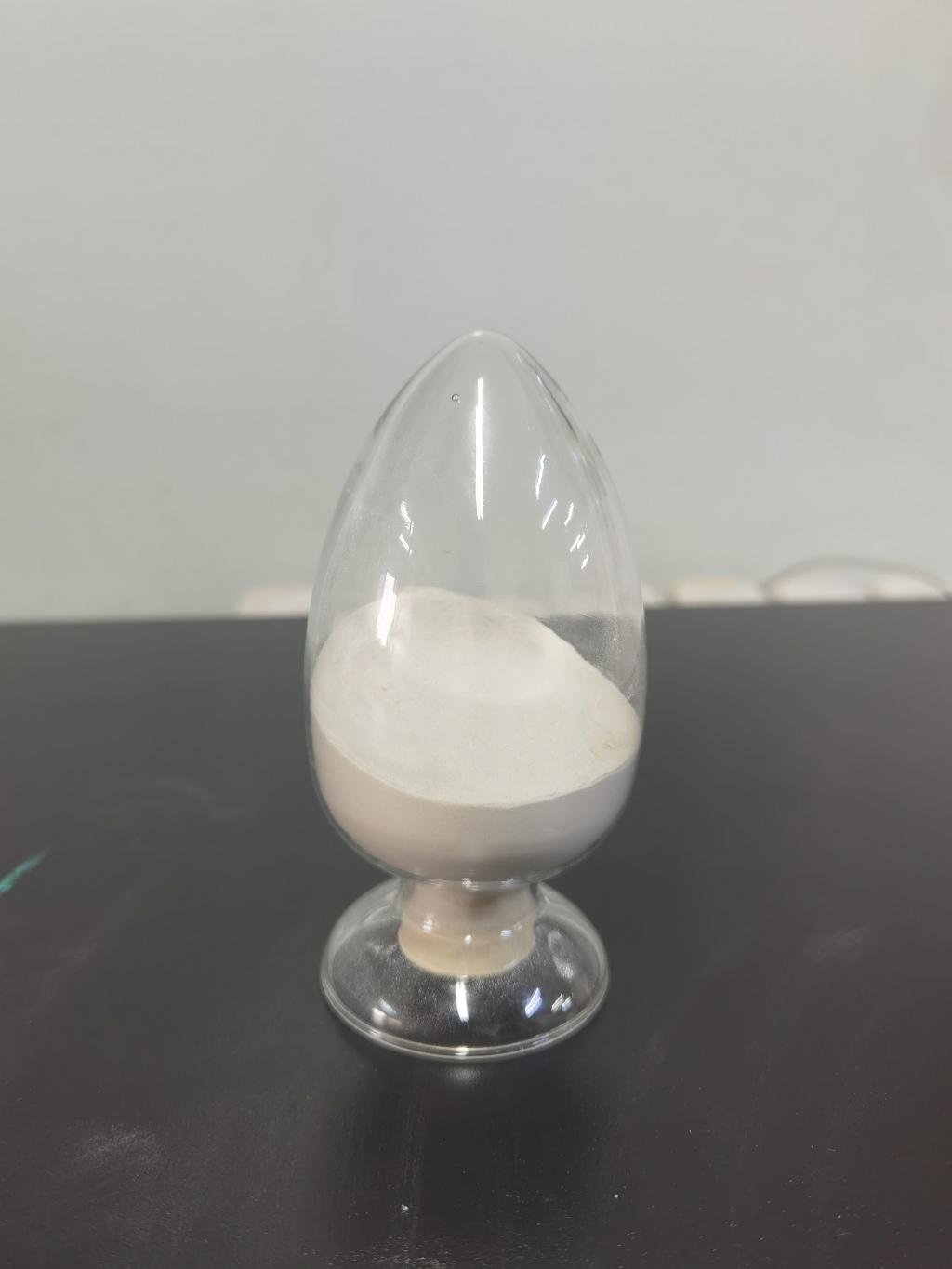Tel:+8618231198596

News
 CONTACT
CONTACT
 CONTACT
CONTACT
- Linkman:Linda Yao
- Tel: +8618231198596
- Email:linda.yao@dcpharma.cn
- Linkman:CHARLES.WANG
- Department:Overseas
- Tel: 0086 0311-85537378 0086 0311-85539701
News
Current Position:
Home >
News
>Nisin in School Nutrition Programs: Meeting Safety Standards for Growing Minds
Nisin in School Nutrition Programs: Meeting Safety Standards for Growing Minds
TIME:2023-12-27
1. Introduction: The Importance of School Nutrition Programs:
School nutrition programs are vital components of the educational ecosystem, contributing to the overall health and development of students. These programs aim to provide nutritionally balanced meals that meet the dietary needs of growing minds. The incorporation of food additives, such as Nisin, is a topic of interest in the context of enhancing food safety and preserving nutritional quality.
2. Understanding Nisin:
Nisin is a natural antimicrobial peptide produced by certain strains of lactic acid bacteria. Its unique properties make it a suitable candidate for food preservation, particularly in school nutrition programs:
a. Antimicrobial Activity: Nisin exhibits potent antimicrobial activity against a broad spectrum of Gram-positive bacteria, including foodborne pathogens and spoilage microorganisms.
b. Safe for Consumption: Extensive research has confirmed the safety of Nisin for human consumption, making it a suitable option for use in food products.
c. Heat Stability: Nisin remains stable under various processing conditions, including heat treatments involved in food manufacturing.
3. The Role of Nisin in School Nutrition:
Incorporating Nisin into school nutrition programs can offer several benefits:
a. Extended Shelf Life: The antimicrobial properties of Nisin help inhibit the growth of spoilage microorganisms, contributing to the extended shelf life of school meals.
b. Enhanced Food Safety: By controlling the growth of pathogens, Nisin plays a crucial role in enhancing the overall food safety of school nutrition programs, reducing the risk of foodborne illnesses.
c. Preservation of Nutritional Quality: Nisin's ability to extend the shelf life of foods without compromising nutritional quality ensures that students receive meals with optimal nutritional content.
4. Meeting Safety Standards: Regulatory Compliance for Nisin:
Ensuring the safety of food additives like Nisin is a paramount concern in school nutrition programs. Regulatory compliance involves:
a. Submission of Safety Data: Food manufacturers are required to submit comprehensive safety data, including toxicology studies, to regulatory authorities for the approval of Nisin as a food additive.
b. Risk Assessment: Regulatory bodies conduct risk assessments to evaluate the potential risks associated with the use of Nisin, ensuring that its consumption is safe for all age groups, including school-age children.
c. Maximum Residue Limits (MRLs): Establishing MRLs helps regulate the amount of Nisin allowed in different food products, preventing excessive use and ensuring safety.
5. Considerations in Implementation:
While Nisin offers benefits, its successful implementation in school nutrition programs requires careful consideration:
a. Dosage Optimization: Determining the optimal dosage of Nisin to achieve effective preservation without compromising the taste, texture, or nutritional quality of school meals.
b. Educating Stakeholders: Providing information to parents, school staff, and students about the use of Nisin in school meals, emphasizing its safety and role in food preservation.
c. Allergen and Dietary Considerations: Assessing potential allergenicity and considering dietary restrictions to ensure the safe consumption of Nisin by students with allergies or dietary preferences.
6. Addressing Parental Concerns:
The introduction of any food additive may raise concerns among parents. Addressing these concerns involves:
a. Communication Channels: Establishing transparent communication channels with parents to address questions, provide information, and build trust in the safety of Nisin.
b. Parental Involvement: Involving parents in the decision-making process, seeking feedback, and addressing concerns collaboratively to create a supportive environment for the use of Nisin.
c. Informational Sessions: Conducting informational sessions or workshops for parents to educate them about the safety, benefits, and necessity of using Nisin in school nutrition programs.
7. Case Studies: Successful Integration of Nisin in School Nutrition:
Examining case studies where Nisin has been successfully integrated into school nutrition programs can provide valuable insights into best practices:
a. Case Study 1: Improved Food Safety in a School District: A school district successfully implemented Nisin in their meal programs, resulting in a noticeable improvement in food safety and a reduction in foodborne illnesses.
b. Case Study 2: Extended Shelf Life and Reduced Food Waste: Another case demonstrates how the use of Nisin contributed to extending the shelf life of school meals, reducing food waste, and optimizing resource utilization.
8. Future Directions and Innovations:
The future integration of Nisin in school nutrition programs involves ongoing research and innovations:
a. Advanced Delivery Systems: Exploring innovative delivery systems for Nisin to enhance its efficacy in different food matrices and ensure even distribution.
b. Collaborative Research: Collaborating with research institutions and organizations to explore new applications of Nisin, optimize dosages, and contribute to scientific advancements in food preservation.
c. Global Adoption: Facilitating the global adoption of Nisin in school nutrition programs by addressing regulatory harmonization and fostering international collaboration.
9. Conclusion: Enhancing School Nutrition with Nisin:
In conclusion, the integration of Nisin into school nutrition programs holds significant promise for improving food safety, extending shelf life, and preserving the nutritional quality of meals. By meeting safety standards, addressing parental concerns, and learning from successful case studies, schools can harness the benefits of Nisin while ensuring the well-being of growing minds. As the field of food preservation continues to evolve, Nisin stands as a valuable tool in the pursuit of safe, nutritious, and sustainable school nutrition programs.
- Tel:+8618231198596
- Whatsapp:18231198596
- Chat With Skype







